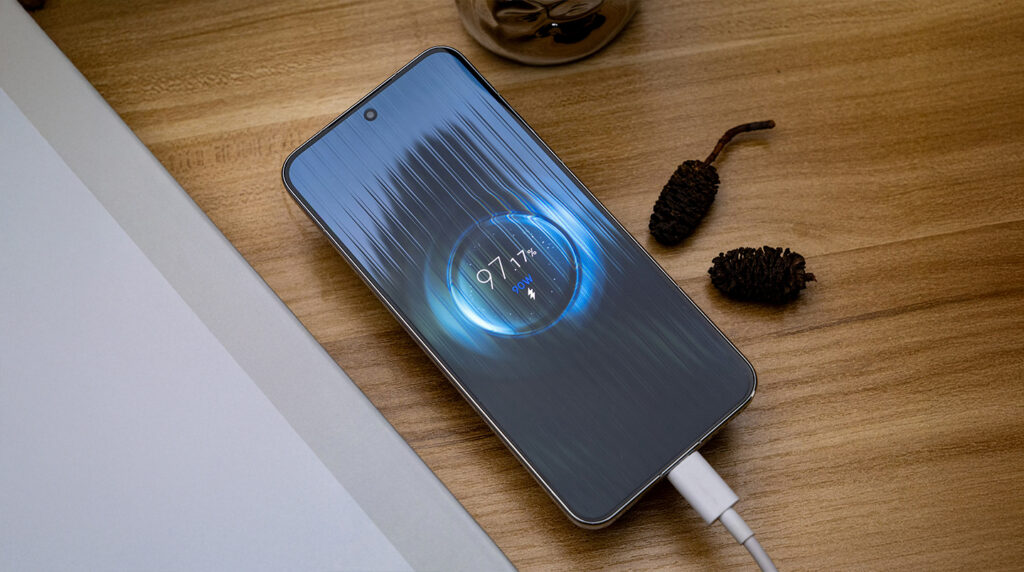As summer 2025 ushers in record-breaking heat waves, Xiaomi device users face a serious challenge: safeguarding battery health and ensuring consistent performance under extreme temperatures. Prolonged exposure to temperatures above 35°C can result in device shutdowns, touchscreen delays, and, in severe cases, irreversible hardware damage. For business professionals relying on Xiaomi or Redmi Note devices, adopting smart charging protocols is now not just recommended—it’s essential for productivity and asset protection.
Identify and Address Overheating
Be vigilant. When a device becomes uncomfortably hot, exhibits unexpected shutdowns, or the touchscreen lags, these are clear indicators of overheating. Xiaomi’s HyperOS will attempt to mitigate the risk by throttling performance, but direct user intervention is often necessary to avoid operational disruption.
Remove Cases During Charging
Thick phone cases—especially silicone or reinforced models—trap excess heat during charging cycles. For optimal thermal management, remove the case before charging, particularly in high-temperature settings. While this may temporarily increase the risk of physical damage from drops, the gain in battery longevity and device safety is significant.
Choose Appropriate Charging Surfaces
Charging location is vital. Hard, cool surfaces such as tile or metal dissipate heat more efficiently than wood, bedding, or fabric. Whenever possible, elevate the device or use a dedicated charging stand to increase airflow, further reducing thermal buildup. Avoid charging under direct sunlight or on soft, insulated surfaces.
Adjust Charging Methods: Prioritize Safety Over Speed
Disable Turbo Charging
While features like “Accelerate Charging” in HyperOS offer faster top-ups, they also produce more heat—a considerable risk during heatwaves. Turning off these options helps maintain battery integrity.
Avoid Wireless Charging
Wireless charging is convenient but generates additional heat compared to wired USB-C charging. In high-temperature scenarios, stick to traditional wired charging to minimize stress on the battery.
Optimize Device Settings for Efficient Charging
Reduce internal heat generation by enabling Airplane Mode or disabling Wi-Fi, Bluetooth, and GPS during charging. Limit background app activity, or, if feasible, power down the device completely while charging. These steps reduce processor workload and maximize the efficiency of the charging cycle.
Consistent application of these strategies helps business users maintain device reliability and performance throughout the most challenging months. In an environment where downtime equals lost productivity, proactive device management is a competitive advantage.


 Emir Bardakçı
Emir Bardakçı




